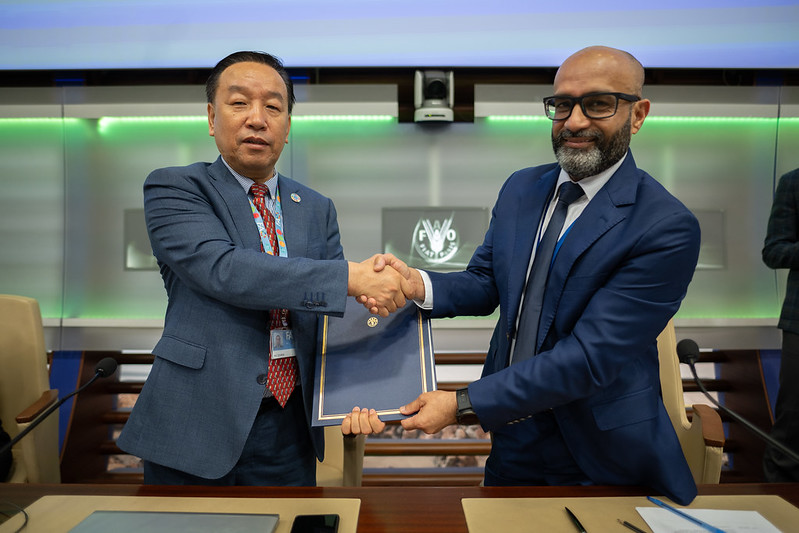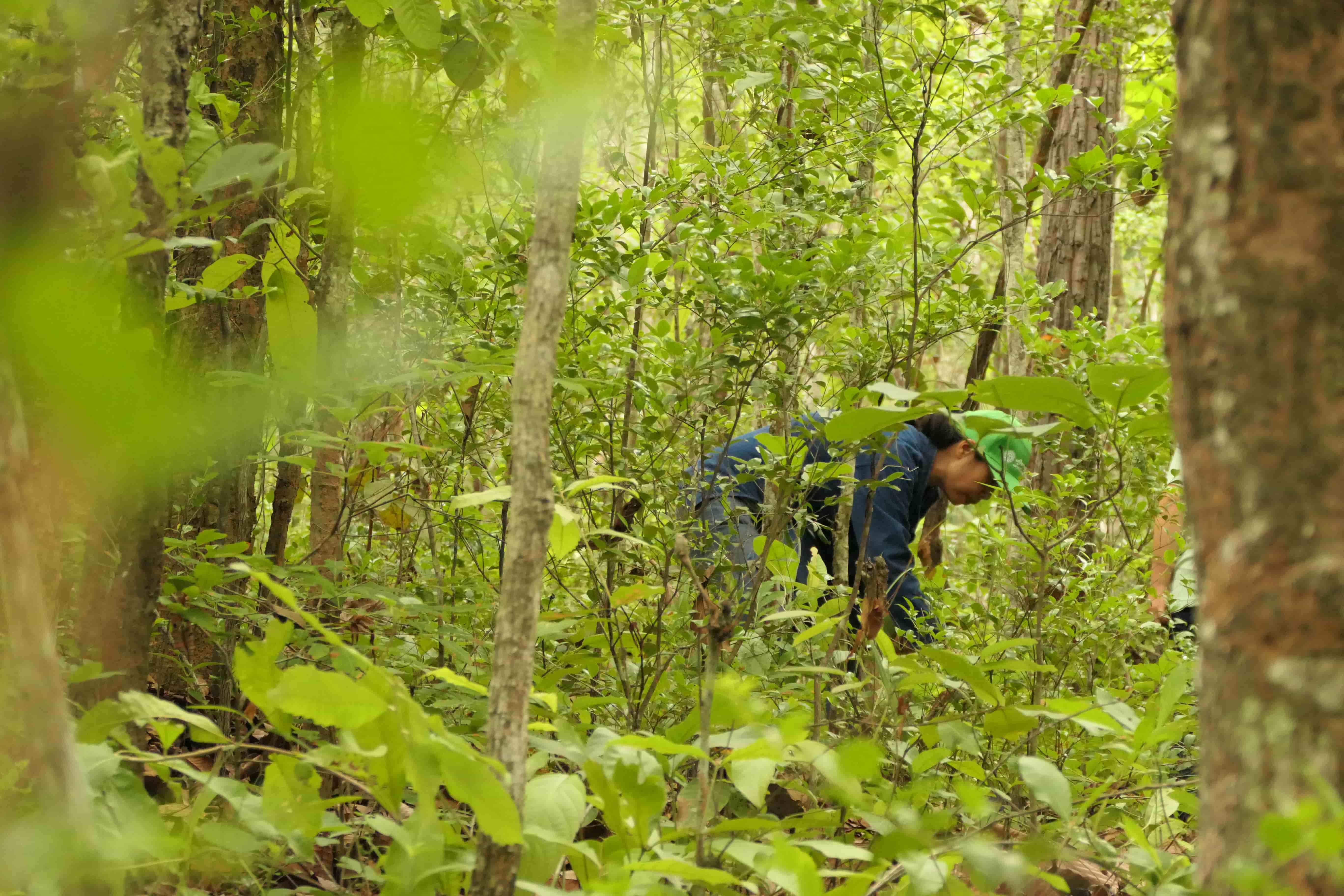The Restoration Initiative: 2021 Year in Review
A multiplicity of actors jointly working on restoration activities is fundamental to pave the way for a sustainable future, as said by the recently released annual report of The Restoration Initiative (TRI) for 2021.
Launched in 2019, TRI unites ten Asian and African countries and three Global Environment Facility agencies – the International Union for Conservation of Nature (IUCN), the Food and Agriculture Organization of the United Nations (FAO), and the United Nations Environment Programme (UNEP) – in working to restore degraded landscapes in support of the Bonn Challenge.
The Restoration Initiative: 2021 year in review showcases progress made by the Initiative in 2021 and presents success stories and updates from the different countries in which it operates.
“The vast expertise and profound knowledge of the TRI community has much to show to the global restoration community,” said Carole Saint-Laurent, Head of the Forest and Grasslands Team at IUCN.
“This project has the distinct opportunity to pilot different restoration approaches and learn from successful governance and community empowerment due to the unique ecosystems where forest and landscape restoration is implemented under TRI, thus making it a worldwide reference for practitioners.”
Progress at the country level
The ongoing program-level targets aim to restore 483 245 hectares of land, bring 754 451 hectares under improved land management and contribute to the mitigation of 30.4 million tonnes of greenhouse gases equivalent to carbon dioxide. These actions are having a direct impact on individual well-being by improving the quality of life of 287 239 direct beneficiaries.
Among the achievements highlighted in the publication is the progress in China, where the programme oversaw the completion of the 2021 key ecosystem services and socioeconomic monitoring across the seven pilot State Forest Farms. China currently has an area of 157 095 hectares under restoration and 213 314 hectares of land under improved land practices.
In the Democratic Republic of the Congo, where the area under restoration is 7 352 potential hectares, the project signed a letter of agreement with Louvain Coopération to develop microprojects promoting forest and landscape restoration interventions and has begun raising awareness among 150 potential associations and cooperatives.
Additionally, in Pakistan, the project distributed a total of 326 950 forest trees and 20 800 fruit trees across the four project sites, benefiting an additional 5 440 smallholder farmers and bringing 321 hectares of land under restoration. Furthermore, the project has set up two chilgoza processing units in two districts to empower chilgoza forest communities.
2021 was also a year of progress in developing and applying the Species Threat Abatement and Recovery (STAR) metric. High-resolution STAR assessments were developed in Kenya and Cameroon to identify the actions needed to reduce risk directly connected to threatened or near-threatened species present in the TRI projects’ geographical scope, thus informing critical policy decisions for the future of biodiversity in these areas. The results will be published by the end of 2022.
“Thanks to the ongoing work of TRI, a wide variety of ecosystems are regaining their function and the well-being of humans living within these ecosystems is being improved, as shown by the excellent results of the project this far,” said Christophe Besacier, Senior Forestry Officer and Forest and Landscape Restoration Coordinator at FAO.
After four years of successful landscape restoration interventions with national and sub-national policies across ten countries, TRI aims to expand its project implementation and outcomes in the coming years for greater socio-economic investment and biodiversity.
Learn more by downloading the publication at the following link: https://www.fao.org/documents/card/en/c/cc2051en.
Also available in: French



